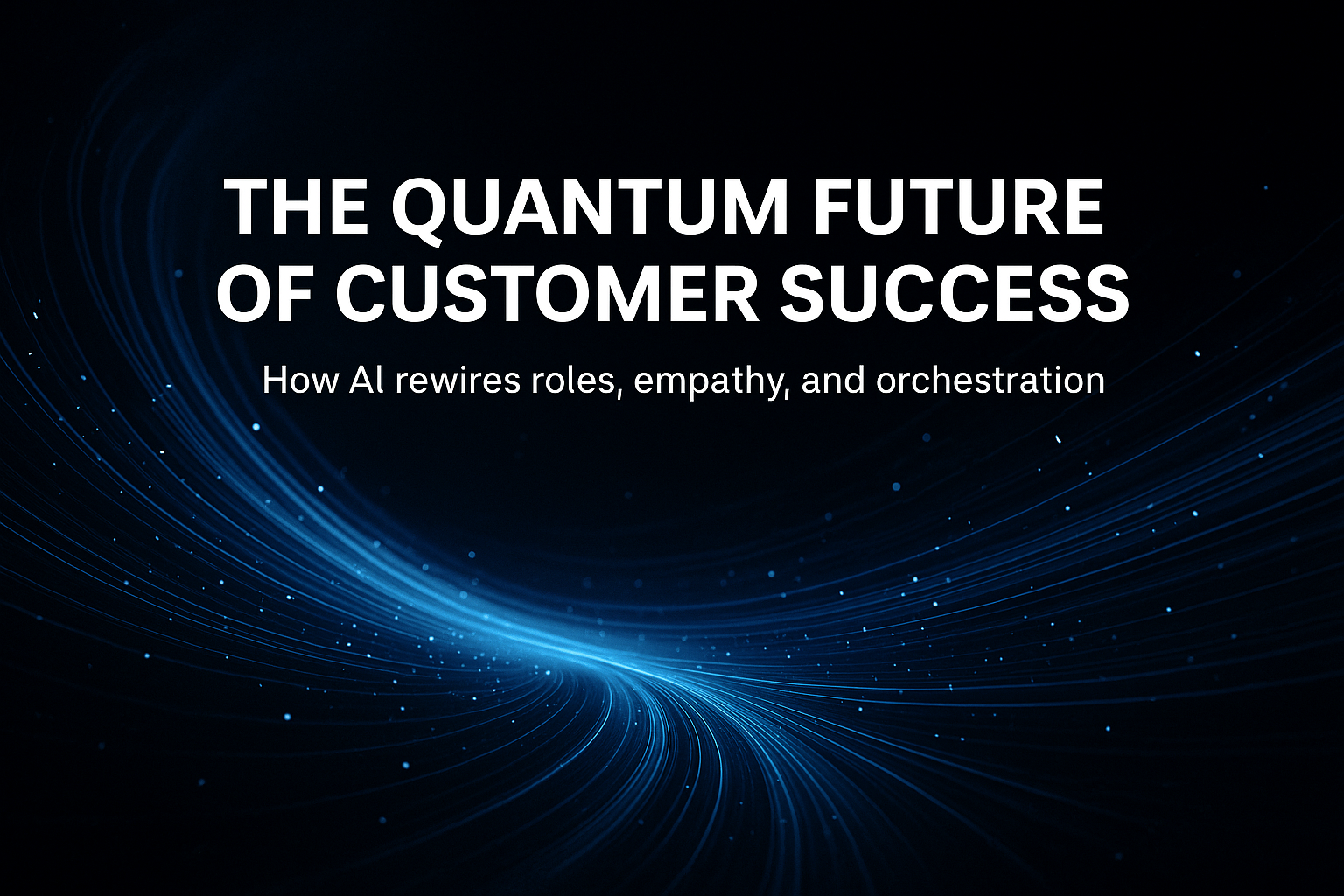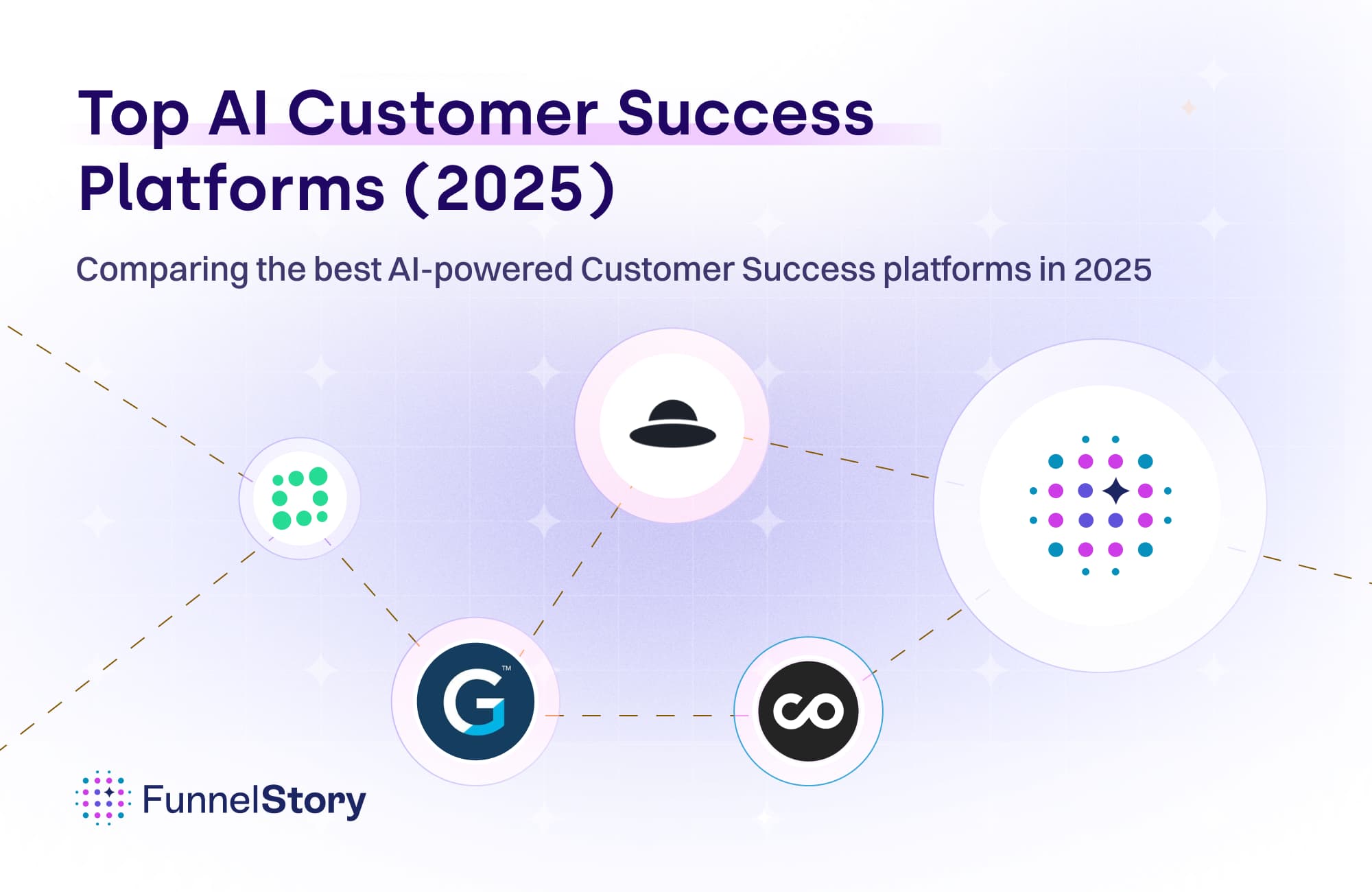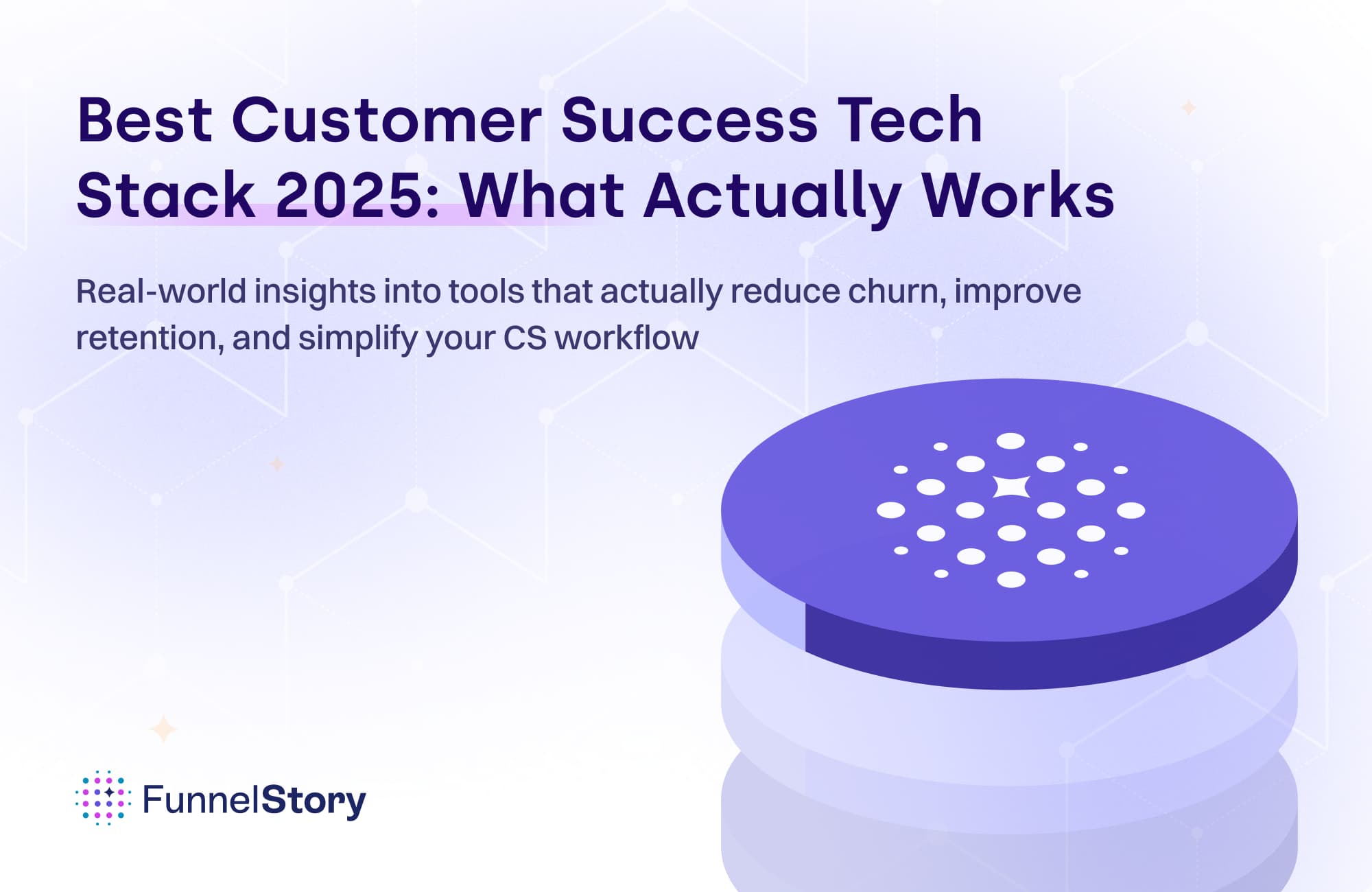In this article
What is Product-Led Customer Success?
PLCS flips the script on traditional CS by putting the product at the heart of the customer journey.

By Arun Balakrishnan
Cofounder and Head of Product
Feb 13, 2024
3 min read
In today's competitive landscape, businesses constantly seek ways to improve customer satisfaction and retention. Traditional customer success models, which rely on human intervention and reactive approaches, often fall short. This is where product-led customer success (PLCS) comes in.
PLCS flips the script on traditional CS by putting the product at the heart of the customer journey.
Instead of relying on manual processes and checklists, PLCS leverages data, analytics, automation, and timely guidance to empower users to discover the product's value on their terms. This approach can lead to a more consistent, high-quality customer experience, ultimately driving higher adoption and satisfaction.
Key Differences Between Traditional CS and PLCS
Here's a table summarizing the key differences between traditional customer success and product-led customer success:
Feature | Traditional Customer Success | Product-Led Customer Success |
|---|---|---|
Approach | Reactive, human-led | Proactive, data-driven |
Customer Journey | Fragmented, siloed touchpoints | Holistic, data-driven omnichannel experience |
Metrics | Customer satisfaction (CSAT), Net Promoter Score (NPS) | Product adoption, feature usage, engagement metrics, sentiment |
Time to Value (TTV) | Longer due to dependence on CSM guidance and manual configuration | Faster due to streamlined onboarding and intuitive product experiences |
Benefits | Works best with a small customer base or large CS teams | Increased efficiency, scalable growth, empowered customers |
The Benefits of Product-led Customer Success
PLCS offers several benefits over traditional CS, including:
Increased efficiency and scalability: PLCS can help businesses scale their customer success operations without adding headcount by automating tasks and empowering users to self-serve.
Improved customer satisfaction: By providing users with the resources and guidance they need to succeed, PLCS can lead to higher satisfaction and retention rates.
Faster time to value: By streamlining the onboarding process and making it easy for users to discover the product's value, PLCS can help businesses reduce churn and increase revenue.
Getting Started with PLCS
If you're interested in implementing a PLCS strategy, there are a few things you can do:
Start by understanding your customers: What are their needs and pain points? How do they use your product?
Define customer journeys using usage and interaction data: Understand the journey your best customers take and use that data to define personalized customer journeys. Use data and AI to discover and define these journeys.
Ensure your product is user-friendly and intuitive: Users should easily find what they need and get started without relying on customer support.
Use data to define how you engage with customers: Use the derived customer journey to identify drop-off points - automate the mundane engagements. Use CSM only for strategic interventions.
Provide users with the resources they need to succeed: This could include things like documentation, tutorials, and in-app guidance.
Track your results and make adjustments as needed: PLCS is an ongoing process, so tracking your results and adjusting your strategy as needed is important.
By following these tips, you can start to implement a Product-led customer success strategy that will help you empower your users, improve customer satisfaction, and drive business growth.
I hope this blog has been helpful! If you have any questions, please feel free to comment below.




